- Album Songs recorded during this session officially appear on the Abbey Road LP.
- Studio:
- EMI Studios, Studio Two, Abbey Road
- Studio:
- EMI Studios, Studio Three, Abbey Road
Timeline
More from year 1969
Spread the love! If you like what you are seeing, share it on social networks and let others know about The Paul McCartney Project.
About
Paul McCartney made his first attempt to record the lead vocals for “Oh! Darling” on April 20, 1969. On this day, he arrived early at EMI Studios to re-record those lead vocals and would try again on July 18, July 22 and July 23:
Perhaps my main memory of the Abbey Road sessions is of Paul coming into studio three at two o’clock or 2.30 each afternoon, on his own, to do the vocal on Oh! Darling. That was a feature of the Abbey Road sessions: you very rarely saw all four Beatles together. It was either John or Paul or George working on their various things, perhaps only getting together to hear something back. But Paul came in several days running to do the lead vocal on Oh! Darling. He’d come in, sing it and say ‘No, that’s not it, I’ll try it again tomorrow’. He only tried it once per day, I suppose he wanted to capture a certain rawness which could only be done once before the voice changed. I remember him saying ‘five years ago I could have done this in a flash’, referring, I suppose, to the days of ‘Long Tall Sally’ and Kansas City.
Alan Parsons, engineer – From “The Complete Beatles Recording Sessions” by Mark Lewisohn
Paul slaved over getting ‘Oh! Darling’s vocal right. He was really screaming it, so he couldn’t do it more than a couple of times a day. He used to come in every afternoon at 2. Then he’d say, “No, I haven’t got it yet. I’ll try again tomorrow”.
Assistant engineer Alan Parsons, Uncut, October 2019
When we were recording Oh! Darling’ I came into the studios early every day for a week to sing it by myself because at first my voice was too clear. I wanted it to sound as though I’d been performing it on stage all week.
Paul McCartney – From “The Beatles Anthology” book, 2000
I want it to sound as though I’d been performing it on stage all week. I tried it with a hand mike and I tried it with a standing mike. I tried it every which way and finally got the vocal I was reasonably happy with.
Paul McCartney
I think Paul wanted this ‘first thing in the morning’ quality, or maybe it was ‘last thing at night.’ Whatever it was, he came in early each day, an hour before anybody else, to do his piece, always replacing the previous one until he got the one he liked.
John Kurlander, engineer – From “The Complete Beatles Recording Sessions” by Mark Lewisohn
It was at around this time that Paul started getting in the habit of coming in early every afternoon, before the others arrived, to have a go at singing the lead vocal to “Oh Darling.” Not only did he have me record it with fifties-style tape echo, he even monitored the backing track over speakers instead of headphones because he wanted to feel as though he were singing to a live audience. Every day we’d be treated to a hell of a performance as McCartney put his all into singing the song all the way through once and once only, nearly ripping his vocal cords to shreds in the process.
George Martin would frequently announce triumphantly, “That’s it; that’s the one,” but Paul would overrule him, saying, “No, it’s not there yet; let’s try it again tomorrow.” For all that—and he took many whacks at the song, over many days—I never sensed any real frustration in Paul, even though he was obviously having trouble getting the vocal the way he wanted it in his head. He knew what the ultimate goal was, and he knew that he was going to get it eventually. Besides, ever the consummate showman, he simply enjoyed singing it.
Frankly, I think the reason Paul did those vocals each day before the other Beatles arrived was so he wouldn’t have to face their disapproval or withering remarks—he wouldn’t even play them each day’s attempt to solicit
Geoff Emerick (who apparently didn’t engineer the session but was in the studio) – From “Here, There and Everywhere: My Life Recording the Music of The Beatles“, 2006
their opinion. Perhaps he had learned his lesson from “Ob-La-Di, Ob-La-Da,” when he had sung the vocal over and over again in front of everybody, pissing his bandmates off mightily in the process.
Ringo Starr’s “Octopus’s Garden” had been recorded on April 26 and April 29, 1969. On this day, from 6:30 pm to 11:15 pm, The Beatles added more overdubs onto take 32, likely starting with an internal tape reduction:
After RS 1-4 were created on April 29th, only one open track remained on the eight-track tape. For the work planned for this session, more tracks would be required. It is deduced that the session must have started with an internal tape reduction, combining Harrison’s lead guitar with McCartney’s piano part to the available open track and deleting one of Starr’s double-tracked vocals by moving Lennon’s guitar track. With these reductions, four tracks were now available for the day’s work.
From “The Beatles Recording Reference Manual – Volume 5” by Jerry Hammack
Paul and George Harrison contributed backing vocals, Paul added a piano track and George a guitar track, and sound effects were added.
Despite the fact that John was still moping around, saying little and contributing next to nothing, we had great fun doing overdubs on “Octopus’ Garden.” Paul and George were both in high spirits on the days we were working on it, and together they chipped in, putting as much effort into it as if it were one of their own songs. For once, Ringo sang the lead vocal with confidence, and he even got the inspiration — recycled from “Yellow Submarine” — to blow bubbles into a close-miked glass of water. As the songwriter, Ringo acted as the de facto producer for the track, and in one of our rare conversations, he asked me if I could make the vocals in the middle section sound as if they were being sung underwater. It was one of the few times during the Abbey Road sessions that I was challenged to come up with a new kind of sound, and I jumped at the opportunity. After some experimentation, I discovered that feeding the vocals into a compressor and triggering it from a pulsing tone (which I derived from George Harrison’s Moog synthesizer) imparted a distinctive wobbly sound, almost like gargling. It was weird, almost like something out of a cheesy science-fiction movie, but Ringo loved the result.
Geoff Emerick (who apparently didn’t engineer the session but was in the studio) – From “Here, There and Everywhere: My Life Recording the Music of The Beatles“, 2006
That was miked very closely to capture all the little bubbles and sounds.
Alan Brown – Technical engineer – From “The Complete Beatles Recording Sessions” by Mark Lewisohn
Work would continue on “Octopus’s Garden” on the following day, with the re-recording of Ringo’s lead vocals.
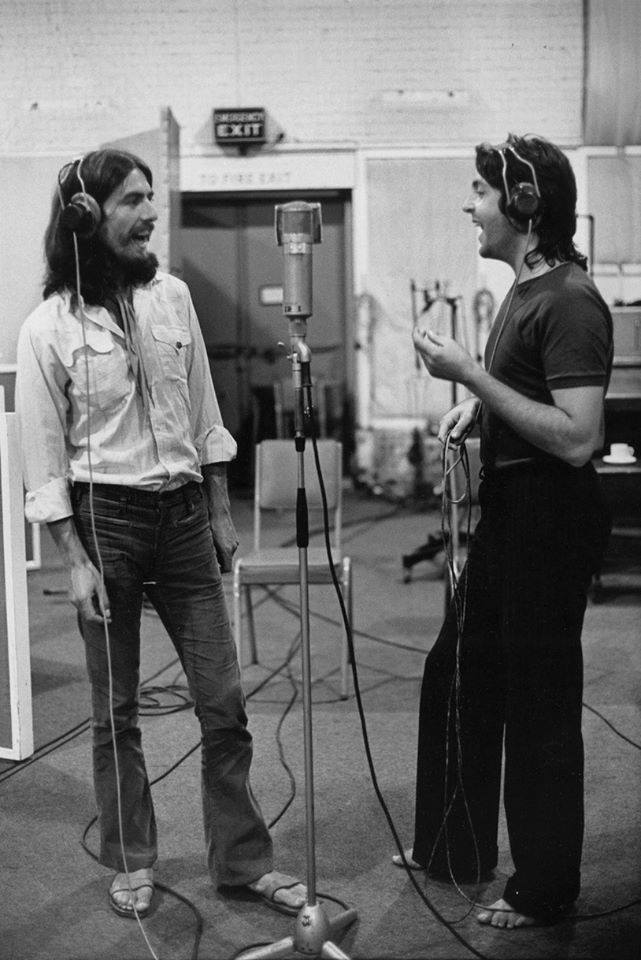
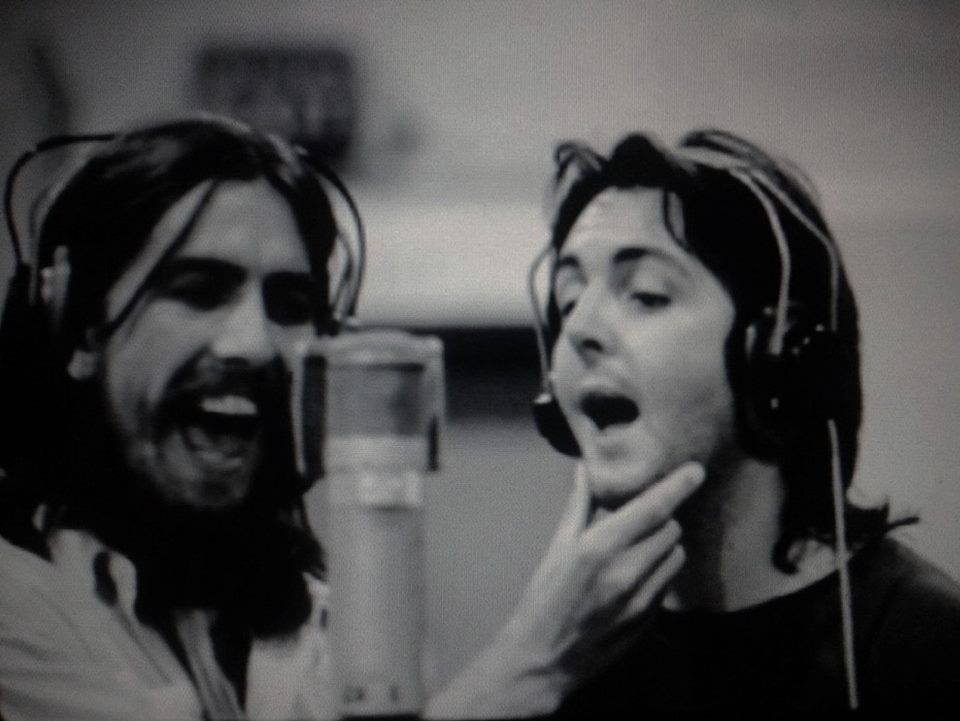
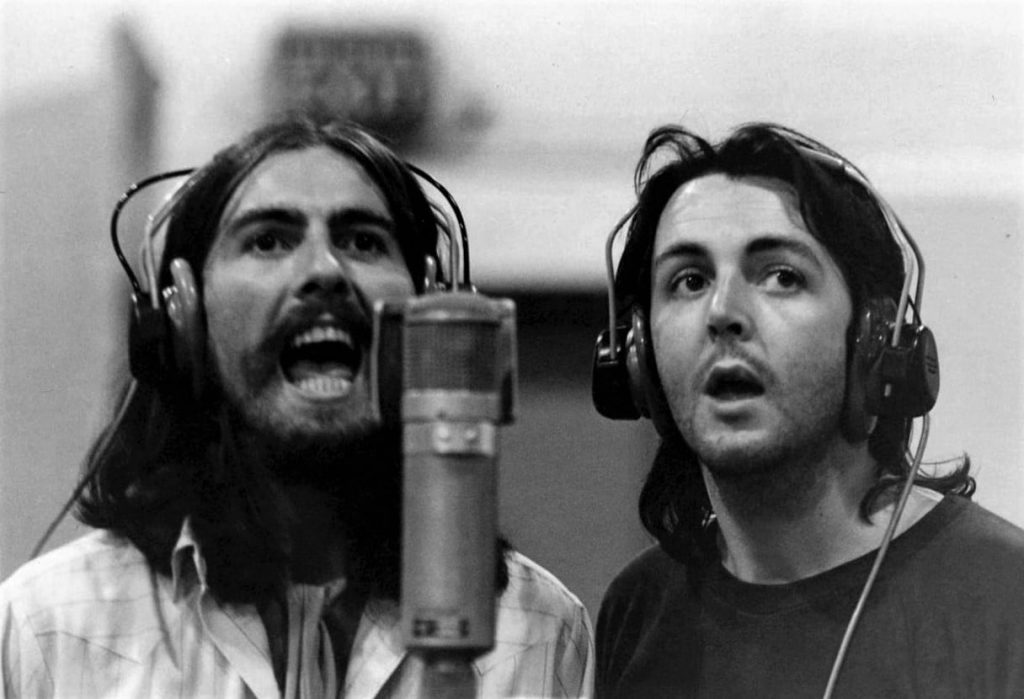
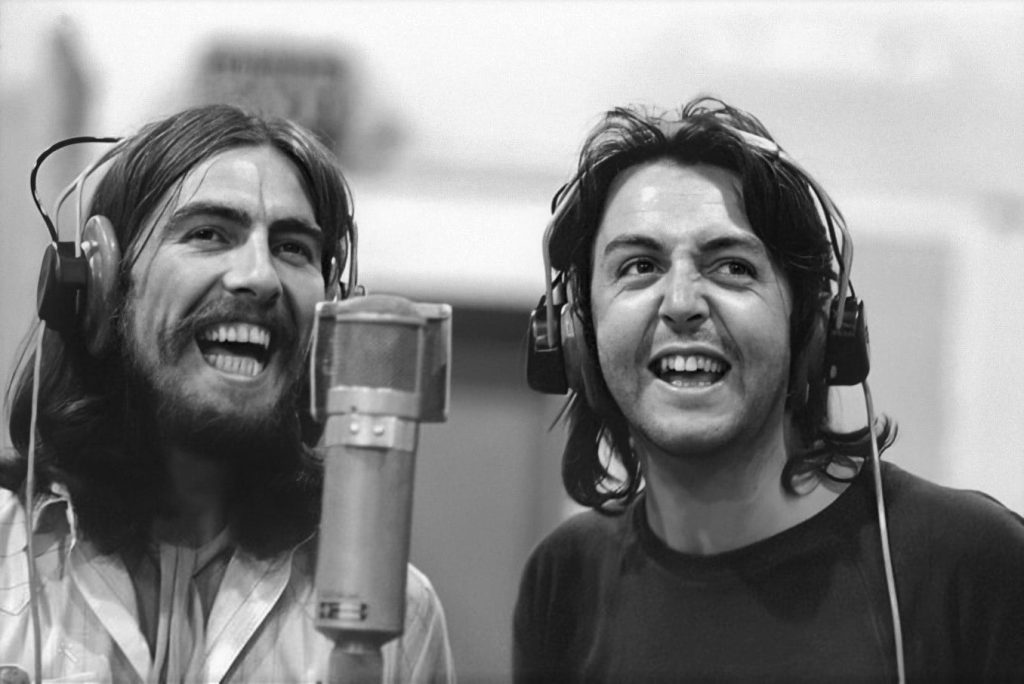
Last updated on December 29, 2021
Songs recorded
1.
2.
Staff
Musicians on "Oh! Darling"
- Paul McCartney:
- Lead vocals
Musicians on "Octopus's Garden"
- Paul McCartney:
- Piano, Backing vocals
- Ringo Starr:
- Bubbling effects
- George Harrison:
- Guitar, Backing vocals
Production staff
Going further
The Complete Beatles Recording Sessions • Mark Lewisohn
The definitive guide for every Beatles recording sessions from 1962 to 1970.
We owe a lot to Mark Lewisohn for the creation of those session pages, but you really have to buy this book to get all the details - the number of takes for each song, who contributed what, a description of the context and how each session went, various photographies... And an introductory interview with Paul McCartney!
If we like to think, in all modesty, that the Paul McCartney Project is the best online ressource for everything Paul McCartney, The Beatles Bible is for sure the definitive online site focused on the Beatles. There are obviously some overlap in terms of content between the two sites, but also some major differences in terms of approach.


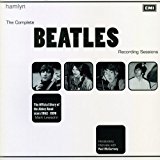
Contribute!
Have you spotted an error on the page? Do you want to suggest new content? Or do you simply want to leave a comment ? Please use the form below!